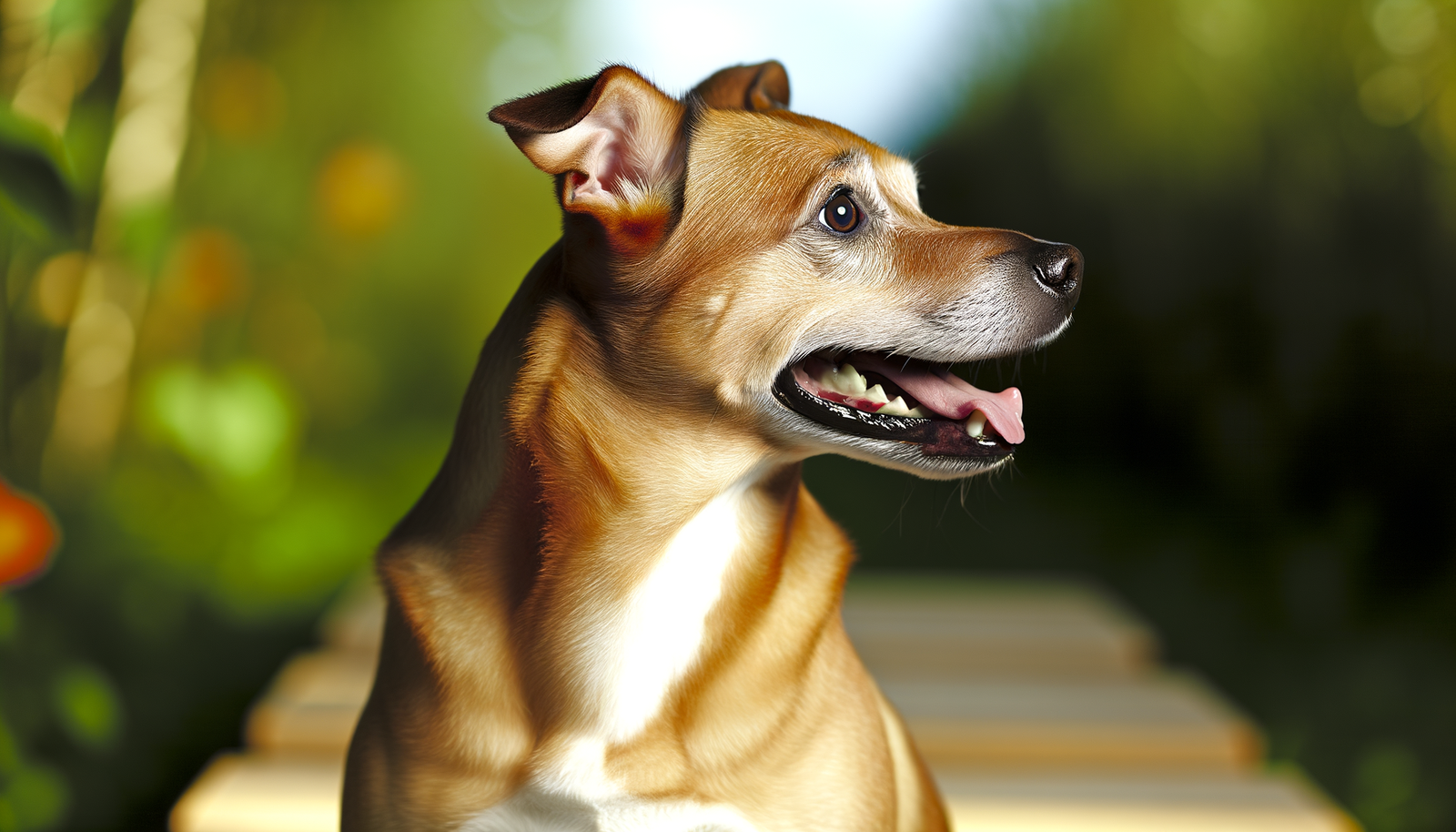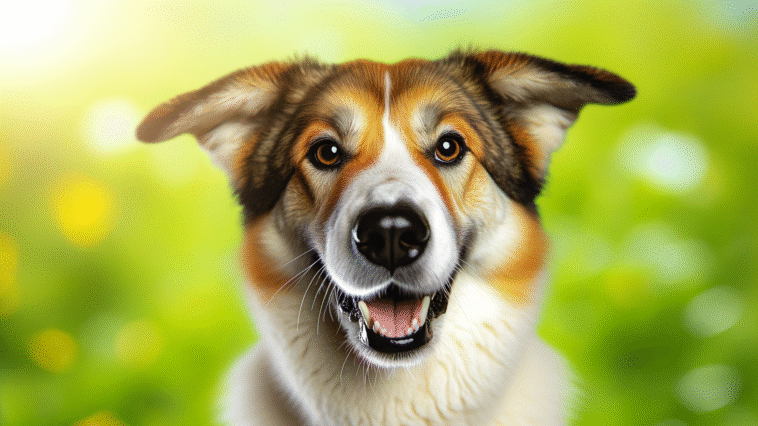As a seasoned dog trainer with over a decade of experience, I’ve worked with countless pups and their owners on building confidence in our furry friends. Understanding a dog’s confidence level is crucial for their well-being and overall behavior. A confident dog is resilient to new experiences, open to learning, and able to handle stress more effectively. In my experience, there are several key indicators that can help you determine if your dog is feeling confident.
One of the first signs I look for in a confident dog is their body language. Confident dogs tend to hold themselves upright with a relaxed posture. Their ears are usually up or in a natural position, and their tail is often held mid-level or high, wagging in a smooth and rhythmic motion. When a dog feels confident, they may also exhibit a playful demeanor, showing a willingness to engage in activities and interact with their surroundings.
Another important indicator of a confident dog is their behavior around other dogs and people. Confident dogs are typically social and friendly, approaching new dogs and humans with ease. They may initiate play or greet others with a wagging tail and a relaxed body. In contrast, a timid or fearful dog may exhibit signs of anxiety or aggression when encountering unfamiliar faces.
In my work with dog owners, I often emphasize the importance of training and socialization in building a dog’s confidence. Providing your dog with positive training experiences can help boost their self-assurance and create a strong bond between you and your furry companion. Socializing your dog with other dogs and people from a young age can also help them feel more comfortable in various environments and situations.
To help you better understand if your dog is feeling confident, here are a few practical tips that you can use to assess their demeanor:
1. **Observe Their Body Language**: Take note of how your dog carries themselves. A confident dog will have a relaxed posture, with their ears and tail in a neutral or positive position. They may also make direct eye contact and have a relaxed facial expression.
2. **Monitor Their Interaction with Others**: Pay attention to how your dog interacts with other dogs and people. Confident dogs will approach new situations with curiosity and enthusiasm, while anxious dogs may shy away or display signs of aggression.
3. **Engage in Positive Training**: Incorporate positive reinforcement training techniques to build your dog’s confidence and reinforce good behavior. Rewarding your dog for following commands and learning new skills can boost their self-esteem and overall confidence.
I once worked with a dog named Max, who had a history of fear-based aggression towards strangers. Through consistent training and socialization exercises, Max’s owner was able to help him overcome his fears and build his confidence. By gradually exposing Max to new people in a controlled environment and rewarding him for calm behavior, Max learned to trust others and feel more at ease in unfamiliar situations.
Remember, every dog is unique, and building confidence is a gradual process that requires patience and consistency. By actively observing your dog’s behavior, providing positive experiences, and seeking professional guidance if needed, you can help your furry friend become a more confident and well-adjusted companion.
Now, I’d love to hear from you: What strategies have you used to help build your dog’s confidence? Share your experience in the comments below!




